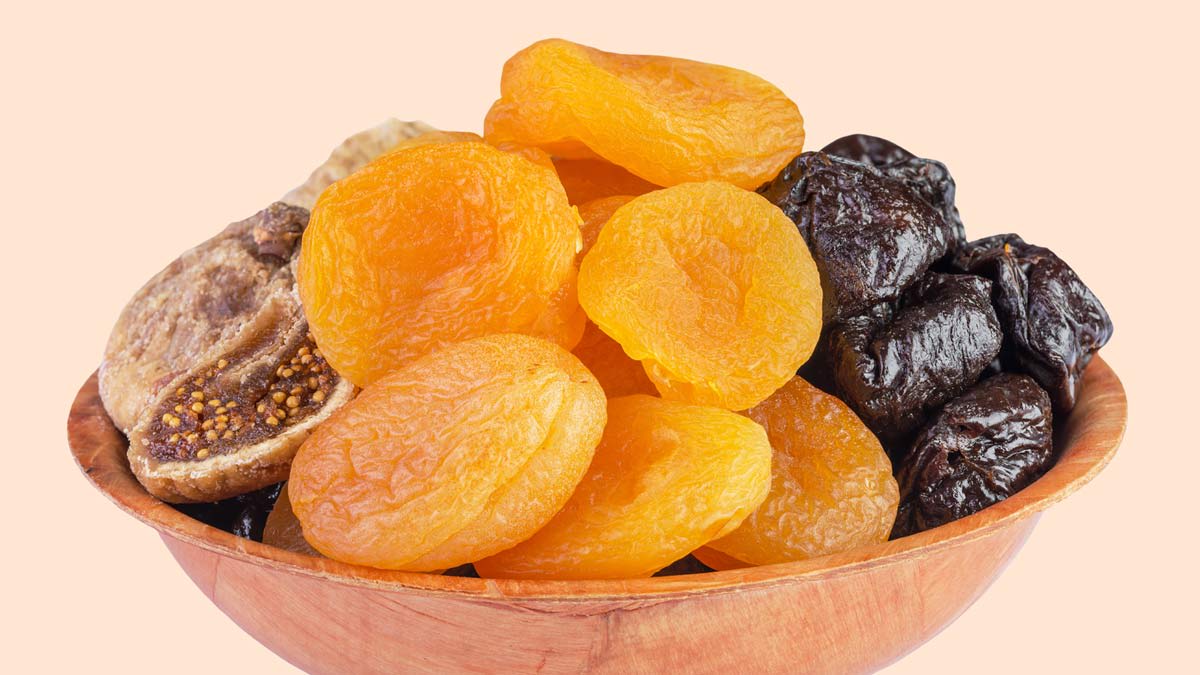Like fresh fruit, dried fruit has been linked to better health. For example, according to research published in 2020 in the Journal of the Academy of Nutrition and Dietetics, adults who ate dried fruit had a lower body mass index (BMI) and systolic blood pressure (and a healthier overall diet) than those who didn’t. Dried fruit may also have a protective effect against some types of cancer. Eating three to five servings a week was associated with a lower risk of cancers of the bladder, colon, pancreas, prostate, and stomach, according to a review of 16 studies published in the journal Advances in Nutrition in 2020.
As the chart below shows, some dried fruits are better than others, though. The keys to getting the most out of dried fruit are to keep portions small (1 to 2 ounces) and avoid those with added sugars. Try eating them with nuts for a satisfying snack. “They also make salads and whole-grain dishes more interesting,” Keating says, “which helps you increase your consumption of those healthful foods.”
Note: The portion sizes and nutritional information below are for about a 1½-ounce (40-gram) serving of dried fruit.
Source link
-
-
-
-
-
-
-
-
